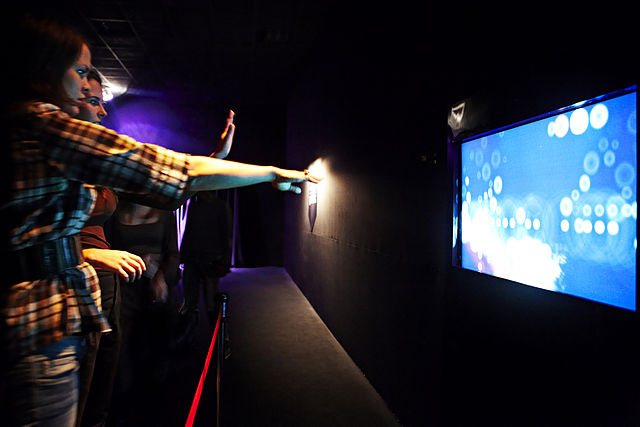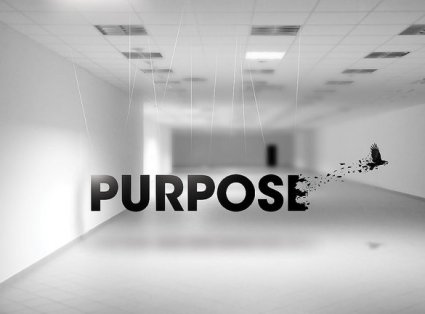1. Content

There’s no rejecting that ‘Quality writing is everything’. It assumes an enormous part in Search Engine Optimization (SEO), and is one of the fundamental reasons individuals visit your site. Contents are the primary building block of each and every website on the Internet. Your site text ought to be enlightening, simple to peruse, and brief. Thoroughly examined web content and duplicate will do more than whatever else to make your web architecture connecting with, powerful and well known. Content ranges from a simple/plain text to a complex text. You truly need to concentrate a lot of exertion into making top of the line content for your site, which ought to incorporate recordings, pertinent news/data and high-goal symbolism to make your site ‘stickier’. Contents must be well organized, presented and structured using mark-up language like HTML.
2. Visuals

Visuals are most crucial part in a website because they are useful to attract more visitors. Initial feelings are basic, so you need to wow your interest group when the site page loads. Clients take just 50 milliseconds to size up your site or business, and that will decide if they’ll remain or leave. The visuals normally means, the screen layout used in a website, which are generally created using CSS, HTML and Flash. Visuals may include graphics or images for decorations. Without visuals or graphic design, I’ll say that a website will look like a building under construction. Visuals plays vital role in the process of web design. Visuals act as an interpreter between the users and the backend technology like PHP or ASP. In any case, it’s significant not to get carried away with something over the top. Looking over text, activity, and flash introductions should be utilized sparingly in your website architecture and just to accentuate a point for greatest impact.
3. Technology

The technology implementations are as significant as visuals and content, to provide dynamicity for the website. Since PCs can’t speak with one another the manner in which individuals do, they require codes instead. Web innovations are the mark-up languages and interactive media bundles PCs use to impart. The technology like JavaScript, VBScript, CSS, HTML, Java applets, PHP and ASP falls under the technology category. Now-a-days the technologies are developing very fast and a great example is HTML5. I believe that the more powerful technology you use in a website tends to a more secured as well as full of performance website.
4. Delivery

Delivery of the website is a very serious matter for all the website owners as well as the web developers and designers. Regardless of whether each part of your site has a reasonable reason, in the event that it takes too long to even consider stacking, it’s everything except pointless to the client. If a website fails to load all of its contents in time, the user will close the tab immediately or it would be irritating for some users. Fortunately, to meet these client assumptions, there’s no lack of devices and stunts originators and site proprietors can use to further develop the stacking season of their locales. The absolute most effective ways to further develop page load times incorporate enhancing picture sizes, joining code into a focal CSS or JavaScript record, and minifying HTML, CSS, JavaScript. Further developing pace and execution is an exploratory and progressing task, so try to follow any of your progressions utilizing Google PageSpeed Checker. The speeds of the website and reliability criterion are important too. The website must load in minimum time.
5. Purpose

“Purpose is the starting point of the web design process”. This means that without any purpose why anyone will make website. Each well-designed website cooks for the requirements of its clients. Website specialists guarantee each webpage, page, and area they work on has an unmistakable and conclusive reason that it plans to address. This could be anything from giving data and offering diversion to permitting a kind of connection and finishing an exchange. Swarmed and over-planned sites don’t work. At the point when there are such a large number of components on one page, it just prompts interruption and disarray. Every website has some purpose and thus it must be designed with a particular purpose. The website may vary according to its type, but the main purpose should be the usefulness.
Concluding
So I hope you like these 5 Major Areas of Web Design and added some stuff into your mind. Web composition is evolving. While certain constants remain -, for example, the requirement for significant, ideal, and drawing in content – extra components that can help site sway persistently arise. A portion of these components assist with recounting stories and clarify the quintessence of your organization, while others work to quickly catch client interest or work on the experience on any gadget. Utilizing each component at the same time isn’t needed (this can prompt a jumbled and befuddling experience), yet choosing explicit components that line up with your image and site objectives can assist with supporting generally sway. Be that as it may, assuming you set up these five website composition standards as a regular occurrence today, your site makes certain to perform well through 2022 and beyond. If you like this post why not share it.
Every Web Designer should read this post
yup